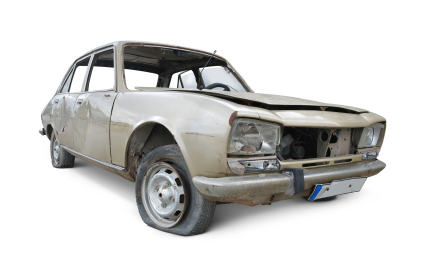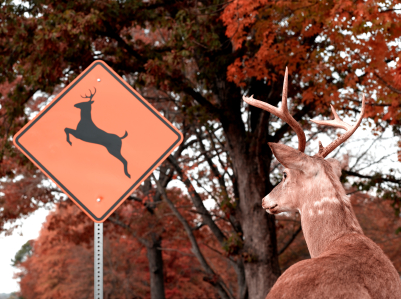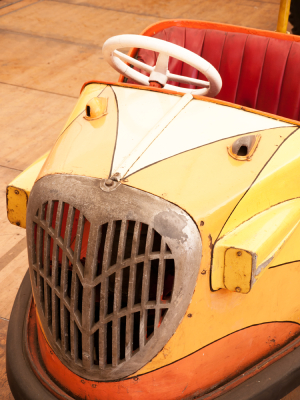Old Car Insurance: The Classics, the Junkers and the In-Betweens
Old car insurance covers many different types of vehicles; some need special coverage and others don’t really need any at all.
To start off, let me state the obvious. If you are looking for information about your brand new car or truck, you are in the wrong post. Now, if you have something like a 1959 Buick Invicta this post about old car insurance is for you.
Old cars come in all sorts of different conditions. Some are restored to better-than-new condition and others would look prettier as a flower bed than they do sitting in your driveway. Other old cars fall in-between the two categories and are just there. How your car falls into one of these categories will determine what type of old car insurance you need.
Old Car Insurance for Classics
Classic cars actually have a special old car insurance of their own. In these special old car insurance policies, the value is determined differently. This is due to the age and that some of these cars have been modified or restored to conditions that are better than when they were new. Most old car insurance policies for classic cars are on a stated value. A stated value is when the insurance company and the owner of the vehicle agree on the value of that particular vehicle.
There are also restrictions placed by the insurance company as to the use and the storage of the vehicle by the owner. If the owner does not comply they no longer qualify for this special category of old car insurance. They will instead have to get insurance coverage for their classic car under a normal car insurance policy which may not protect their car as well as the special classic old car insurance.
Old Car Insurance for Junkers
Junkers are cars that are being kept out of the junkyard but the strength of the bungee cord holding them together. There is not much value to them and if they were to ever be in a car accident they would most likely be a total loss.
For these types of cars, old car insurance that has comprehensive and collision coverage is a waste of money. Now you still have to keep the liability portion of the old car insurance so don’t drop that. But, you will be paying out more in premium for the comprehensive and collision coverage than the insurance company will ever pay out for your vehicle. Just take the money you save from not having those two coverages on your old car insurance and put it in the bank. Then if anything happens to the car you can pay for it yourself.
Old Car Insurance for In-Betweens
Old car insurance for those cars that are not classics, but aren’t junkers yet either depends on you and your financial situation. If your older model car is in good shape and is still retaining a good value, you may want to consider keeping comprehensive and collision coverage on it. There is no reason to go without this coverage if it will benefit you in the event of an accident.
However, keep in mind that your car insurance company is only going to pay out so much on your old car insurance. If the amount that you are paying exceeds the amount that they would pay out if your vehicle was a total loss, drop the comprehensive and collision coverage from your old car insurance. Just like with the junker, put that money in a bank account. Only use this money when you need to pay for damage to your old car or need to buy a new car.
There is just no reason to keep handing the insurance company money for old car insurance if you would be better off financially with paying for any damages yourself.




